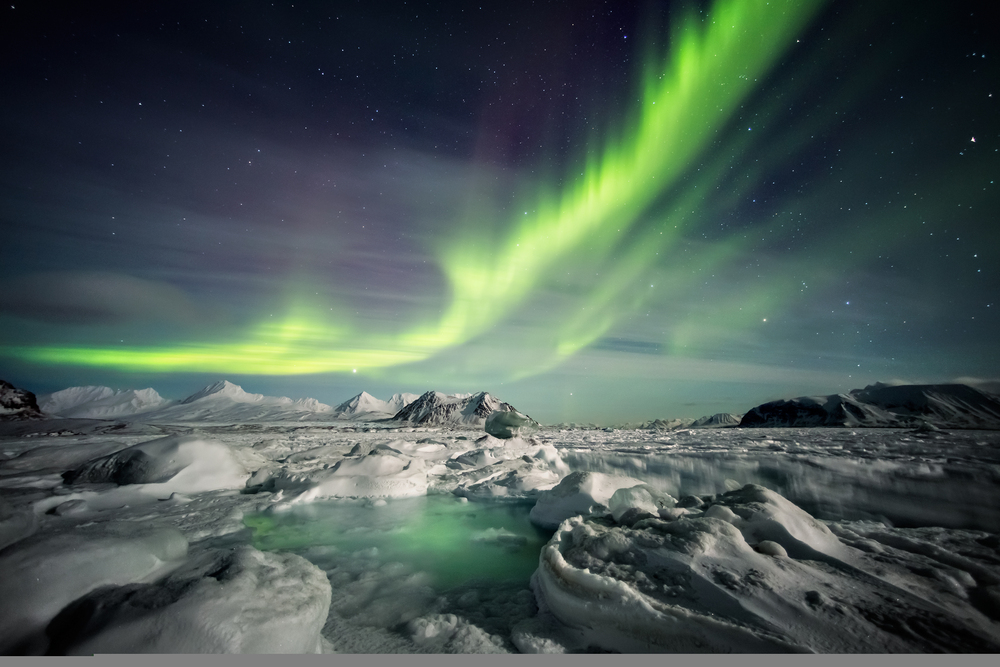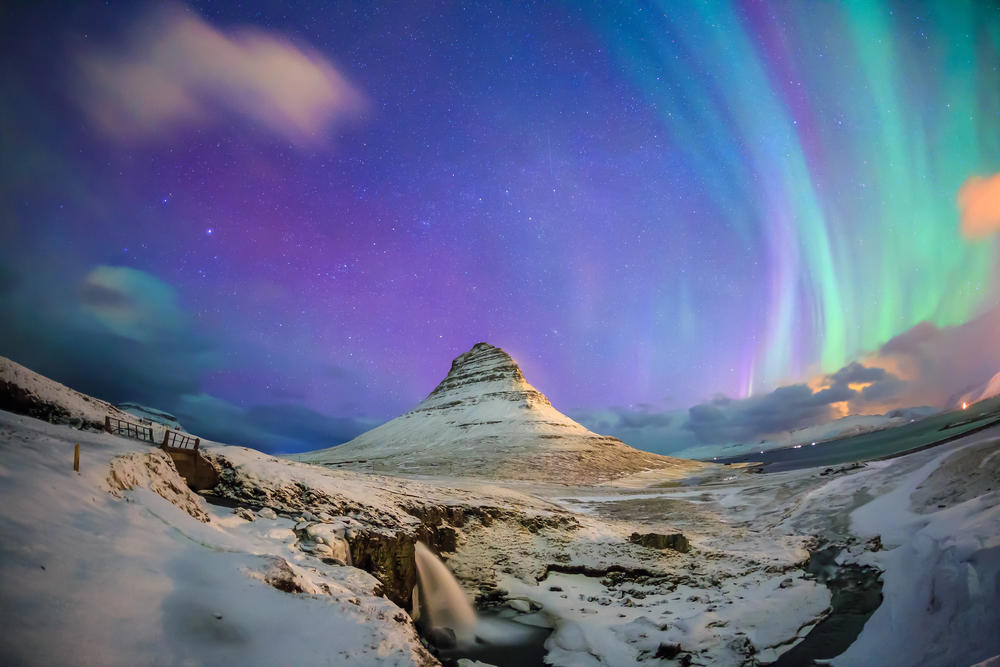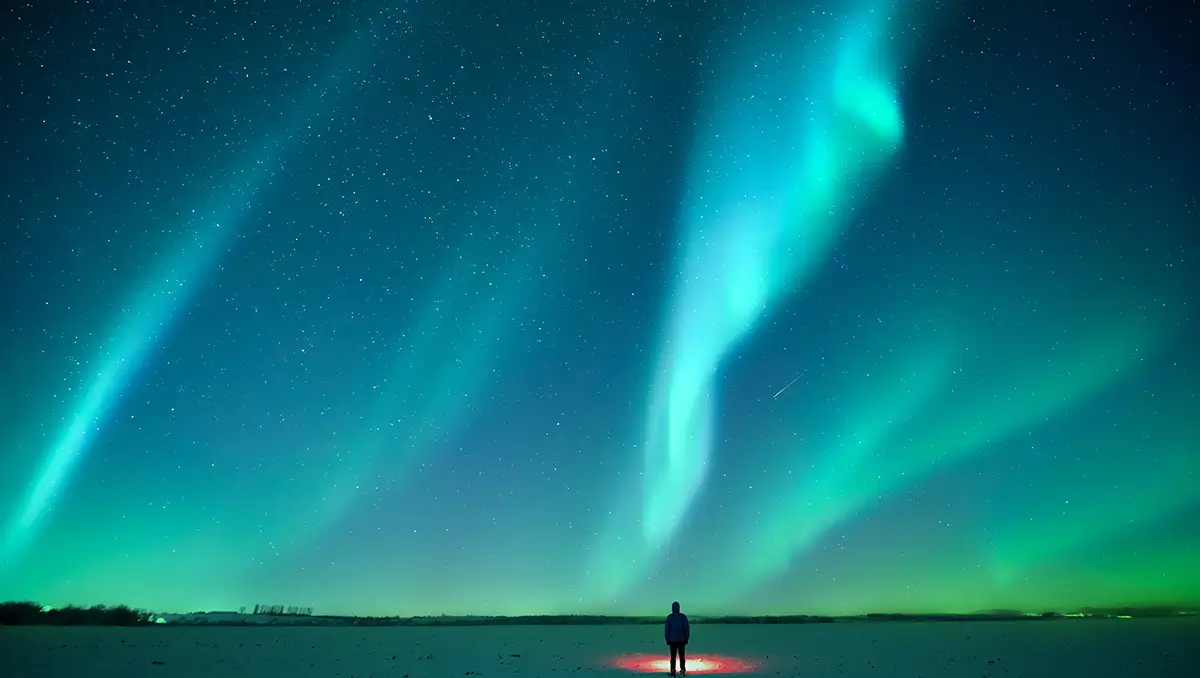Seeing the Northern Lights in Reykjavik is a dream for many, but it comes with challenges. The auroras are elusive, and factors like weather, timing, and light pollution can affect your chances. How do you ensure the best experience? In this guide, we’ll break down the best Northern Lights tours, top viewing spots in Reykjavik, and essential tips to maximize your chances of witnessing this natural wonder.
Quick Facts:
- Best Time to See the Northern Lights: The aurora season in Reykjavik runs from late August to mid-April, with the best chances during clear, cold nights between 10 PM and 2 AM.
- Top Viewing Spots: Popular spots include Grótta Lighthouse, Öskjuhlíð Hill, and Thingvellir National Park for their clear, dark skies.
- Best Tour Types: Choose from minibus, Super Jeep, or boat tours based on your preference and budget, with many tours offering a retake policy.
- Photography Tips: Use a tripod, set ISO between 800-3200, and opt for a wide-angle lens with a long exposure time to capture the auroras.
- Prepare for the Cold: Dress in thermal layers, bring insulated boots, and pack hot drinks and snacks for a comfortable viewing experience.
What are the best ways to see the Northern Lights in Reykjavik?
The best way to see the Northern Lights in Reykjavik is by joining a guided tour such as a minibus, Super Jeep, or boat tour, which takes you to dark, optimal viewing locations. Popular spots include Grótta Lighthouse and Thingvellir National Park. The best time to see the lights is from late August to mid-April, between 10 PM and 2 AM, when the sky is clear and dark.
Best Time to See the Northern Lights
The Northern Lights, or aurora borealis, are visible from late August to mid-April in Reykjavik. However, the most optimal time to see them is during the winter months, when the nights are longest. The best conditions are cold, clear skies with little to no moonlight. The equinox months of September and March often offer the most frequent and intense displays due to heightened solar activity.
- Peak Viewing Hours: Between 10 PM and 2 AM.
- Tools to Use: Download apps like Aurora Forecast to track the likelihood of seeing the auroras. The KP Index (on a scale of 1 to 9) measures geomagnetic activity, with higher numbers offering a better chance of seeing the lights.
Top Locations to See the Northern Lights in Reykjavik

Reykjavik offers several excellent spots to view the Northern Lights, away from the city’s light pollution. These locations provide unobstructed views of the sky and are easy to access:
- Grótta Lighthouse: Located just outside of central Reykjavik, this area is one of the top places to spot the auroras. It’s away from the bright city lights and provides a clear view of the ocean and sky.
- Öskjuhlíð Hill and Perlan: Perched on a hill, the Perlan observation deck offers panoramic views of Reykjavik and the surrounding skies, making it a popular spot for locals and tourists alike.
- Thingvellir National Park: A short drive from Reykjavik, this UNESCO World Heritage Site offers incredible views of the Northern Lights in a historic and geological landmark setting.
Best Northern Lights Tours from Reykjavik
Joining a Northern Lights tour is one of the best ways to ensure an optimal viewing experience. Guided tours often include expert knowledge, transportation to ideal viewing spots, and the flexibility to chase the lights based on weather conditions. Here are some popular options:
- Minibus Tours: Ideal for small groups, these tours offer personalized experiences, with guides knowledgeable about local weather patterns and aurora activity. Prices usually range from €50-100.
- Super Jeep Tours: For a more adventurous experience, Super Jeep tours take you off-road into the Icelandic wilderness for the best views. These tours are pricier but are perfect for those wanting to avoid crowds.
- Northern Lights Boat Tours: Head out to sea for a unique perspective. Departing from Reykjavik harbor, these boat tours offer unobstructed views of the aurora over the ocean.
Many tour operators offer a free retake policy—if you don’t see the lights, you can join another tour for free.
How to Photograph the Northern Lights

Capturing the Northern Lights is a must for any visitor, but photographing them requires special techniques. Here’s how to ensure you get the perfect shot:
- Use a Tripod: Stability is crucial for long-exposure shots. A tripod will keep your camera steady, preventing blurry images.
- Camera Settings: Set your ISO between 800-3200, use a wide aperture (f/2.8 or lower), and adjust the shutter speed between 5-20 seconds.
- Bring a Wide-Angle Lens: A wide-angle lens will help you capture the full expanse of the aurora and landscape. A lens with a focal length of 14mm to 24mm is ideal.
- Remote Shutter Release: Minimize camera shake by using a remote shutter or setting a timer.
What to Pack for Northern Lights Viewing
Iceland’s winter can be harsh, so dressing warmly and being well-prepared is essential for a comfortable Northern Lights viewing experience. Here are the key items to bring:
- Thermal Layers: Layering is key to staying warm. Wear a moisture-wicking base layer, a thermal insulating layer, and a waterproof outer layer.
- Insulated Footwear: Make sure your boots are waterproof and insulated to keep your feet warm and dry.
- Accessories: Don’t forget a hat, gloves, and a scarf. Consider hand warmers and foot warmers for extra comfort.
- Snacks and Hot Drinks: Keep your energy up and stay warm by bringing thermoses with hot drinks and snacks.
Booking Tips and What to Expect on a Tour
Booking your Northern Lights tour in advance is recommended, especially during peak seasons (December to March). Here are a few tips to ensure you choose the best tour for your needs:
- Book Early: Tours fill up quickly, so book your Northern Lights tour as soon as possible.
- Choose the Right Type of Tour: Decide whether you prefer a minibus, Super Jeep, or boat tour based on your comfort level and budget.
- Price Range: Expect to pay between €50-150, depending on the tour type and inclusions (like photography tips, snacks, or hot drinks).
- Retake Policy: Ensure your tour offers a retake policy in case the auroras are not visible on your first outing.
FAQs
What is the best time to see the Northern Lights in Reykjavik?
The best time to see the Northern Lights in Reykjavik is between late August and mid-April when the nights are long and dark. Peak viewing times are between 10 PM and 2 AM, especially during the equinox months of September and March when solar activity tends to be higher.
Where are the best places to see the Northern Lights in Reykjavik?
Some of the best places in Reykjavik to see the Northern Lights are Grótta Lighthouse, Öskjuhlíð Hill near Perlan, and Thingvellir National Park. These locations have minimal light pollution and offer open, unobstructed views of the night sky.
How can I photograph the Northern Lights in Reykjavik?
To photograph the Northern Lights, use a tripod to keep the camera stable, set the ISO between 800-3200, and use a wide-angle lens with a large aperture (f/2.8 or lower). Set a long exposure of about 5-20 seconds to capture the full movement of the auroras.
What should I wear to view the Northern Lights in Iceland?
Wear thermal layers, a waterproof outer layer, and insulated boots when viewing the Northern Lights in Reykjavik. Since you’ll be outside for extended periods in freezing temperatures, pack warm accessories like gloves, hats, and scarves, and consider bringing hand and foot warmers.
How much does a Northern Lights tour cost in Reykjavik?
Northern Lights tours in Reykjavik typically range from €50-150 per person, depending on the type of tour. Minibus tours are generally more affordable, while Super Jeep and photography tours may cost more due to smaller group sizes and additional inclusions.
Why can’t I see the Northern Lights in Reykjavik every night?
The Northern Lights are a natural phenomenon dependent on solar activity, clear skies, and darkness. Even during peak season, cloudy weather or low solar activity can make the auroras difficult to see. Checking the aurora forecast and being flexible with your schedule improves your chances of witnessing them.
Will I get a refund if I don’t see the Northern Lights on a tour?
Most Northern Lights tours in Reykjavik offer a retake policy, meaning that if you don’t see the auroras during your tour, you can join another tour for free on another night. Refunds are rare, but the retake option is a common guarantee from many tour operators.
How far is Thingvellir National Park from Reykjavik for Northern Lights viewing?
Thingvellir National Park is about a 40-minute drive from Reykjavik, making it a popular destination for Northern Lights viewing due to its dark skies and minimal light pollution. Many Northern Lights tours include a stop here for optimal aurora spotting.
What types of Northern Lights tours are available from Reykjavik?
Reykjavik offers a variety of Northern Lights tours, including minibus tours for small groups, Super Jeep tours for off-road experiences, boat tours for viewing the auroras over the ocean, and photography tours that focus on capturing the best images of the Northern Lights.
How can I increase my chances of seeing the Northern Lights in Reykjavik?
To increase your chances of seeing the Northern Lights, check the KP Index and aurora forecast, avoid light-polluted areas, and be flexible with your viewing nights. Booking a tour with a retake policy and visiting during clear, cold nights between September and March will also improve your odds.
Conclusion
Seeing the Northern Lights in Reykjavik is an unforgettable experience, but proper planning ensures you make the most of your trip. Whether you opt for a guided tour or visit top viewing spots like Grótta Lighthouse, be sure to prepare for the cold and bring the right gear for an enjoyable night.
Ready to book your Northern Lights tour? Plan ahead to secure your spot and enhance your chances of witnessing this stunning natural phenomenon.

Leave a Reply